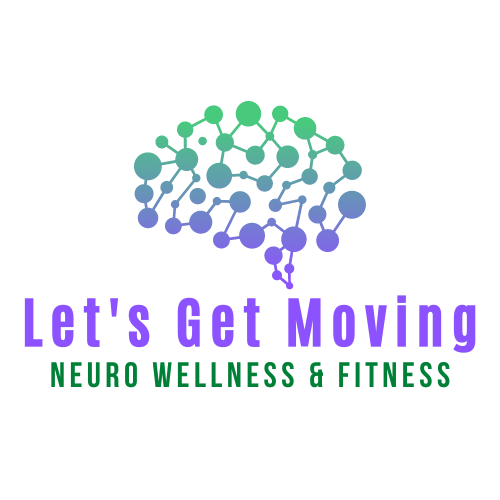Physical Activity vs. Exercise: Why the Difference Matters
The words physical activity and exercise are often used interchangeably- but should they be? While it’s true that exercise is a form of physical activity, not all physical activity is considered exercise. Both, however, play an important role in healthy aging.
Physical Activity vs. Exercise
To start, physical activity is any bodily movement produced by muscles that results in energy expenditure. Anytime you stand up from a chair, take a walk between rooms, climb the stairs, or reach down to pick something up off the floor you’re doing a form of physical activity. Conversely, exercise is a subset of physical activity consisting of planned and structured programs, that has a specific purpose to either maintain or improve a fitness element. This includes strength, cardio, balance, flexibility, or multicomponent exercise, those that combine more than one type of exercise. While we often think of conventional forms of exercise here, like lifting weights, cycling, or jogging, there are many others as well. Repetitive stair climbing or active household chores, like vacuuming, mopping, gardening, and raking can all count as exercise. Programs like yoga, tai chi, dance or recreational sports, like pickleball or tennis are also often forms of exercise.
The Role of Intensity & Repetition
Since there are times that the same activity can either be classified as physical activity or exercise, intensity and repetition are two important areas to consider. Any physical activity can be considered exercise if you are working at least a moderate level of intensity for a sustained period of time. If someone walks for thirty minutes at a leisurely pace while being able to sing, carry on a full conversation with ease,or doesn’t feel tired or fatigued, it likely falls into the category of physical activity. However, if that same person walks for thirty minutes at a brisk pace, includes hills or inclines, or works at a level that induces fatigue, that same activity then falls into the category of exercise. The biggest difference between these two scenarios is the walking intensity. Similar comparisons can be made about strength training. If you squat one time, it’s typically a form of physical activity, however if you do a set of 10 squats and your legs begin to feel tired, it likely counts as a form of exercise. The biggest difference here is repetition of movement. For both examples, the activity is considered exercise when done repetitively and at the appropriate intensity to result in fatigue.
Benefits of Physical Activity & Exercise
As mentioned, both physical activity and exercise play a role in healthy aging. Living an active lifestyle with an emphasis on daily physical activity helps to maintain independence, quality of life, and stay involved in everyday tasks and activities. Routine physical activity helps from a day to day standpoint whereas true exercise has a larger impact on overall health and wellness. Exercising just one time can lead to temporary improvements in sleep quality and mood while exercising regularly improves brain and heart health, manages or prevents chronic diseases, decreases cancer risk, maintains a healthy weight, and has an impact on physical qualities, such as improving bone health, strength, balance, and coordination. Many of these health benefits are seen with regular cardio exercise and strength training. Additionally, research has recently suggested that these two types of exercise also help to boost immune function.
Take Home Message
Making a conscious effort to increase physical activity within your daily routine and adding structured exercise programs into your weekly schedule are two ways to lay the foundation of a healthy aging plan. Whenever possible, all adults should look to prioritize cardio exercise and strength training given the known health and wellness benefits. The CDC has set weekly exercise guidelines for adults 18-64 and those 65+ with more information available here. If looking for personalized exercise support, reach out today and see how Let’s Get Moving can play an integral part in your healthy aging plan.
About Dr. Kait Joffey, PT, DPT, NCS
Kait is the owner and founder of Let’s Get Moving, providing wellness services throughout Bucks County, PA for older adults and those living with neurologic health conditions. She utilizes her background as a board certified neurologic clinical specialist, certified nutrition coach, PWR! Moves therapist, and Urban Poling instructor to provide holistic fitness, nutrition, and wellness support services. She works with individuals and small groups to build and maintain sustainable, healthy lifestyles. She also provides senior living consulting to implement and expand wellness programming tailored to specific community needs.

